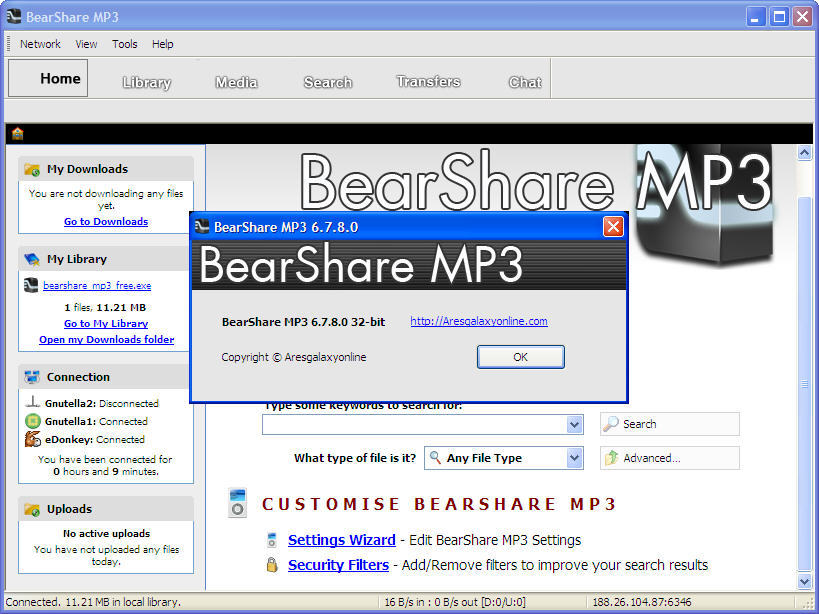
This presented a level-up due to the two-sided nature of the protocol and its ability to maintain Distributed Hash Tables (DHTs). Remember this? If not do not worry, it has been reborn as an nft marketplace… Where it ultimately failed was the bandwidth requirements (a deeply limited resource at the time) combined with the lack of liveness and content guarantees. Bearshare, Limewire, and Frostwire are likely the most notable of these front-end applications you may have encountered. However, it had already made it outside and was quickly reverse-engineered. AOL had acquired the developing company Nullsoft, and quickly realized the potential, shutting distribution down almost immediately. Even in its day, it experienced censorship. As a more decentralized version of the napstereqsue query network, it was much more robust to censorship. The Gnutella Protocol followed this trailblazing and had many different effective front-ends leveraging the network in different ways. The centralization within Napster’s model (for indexing) made it easy to shut down given its legal transgressions, however, it laid the foundation for more robust methods of file sharing. From this initial starting point, the distributed systems world exploded with activity.

While there were early methods of sharing files on the internet prior to this, the mainstream finally joined with the sharing of MP3 files that Napster brought. The history of real Peer to Peer file sharing really began to hit the mainstream with the advent of Napster.


These networks have the potential to bring the first real commerce vertical into Web 3 ecosystems. Distributed Storage Networks (DSNs) offer a way to coordinate and utilize these latent resources and turn them into productive assets. Through the continued advancement of computational resources, a great deal of excess and underutilized storage has been created. Without this fundamental element, nothing is possible. Storage is a critical part of any computing stack.


 0 kommentar(er)
0 kommentar(er)
